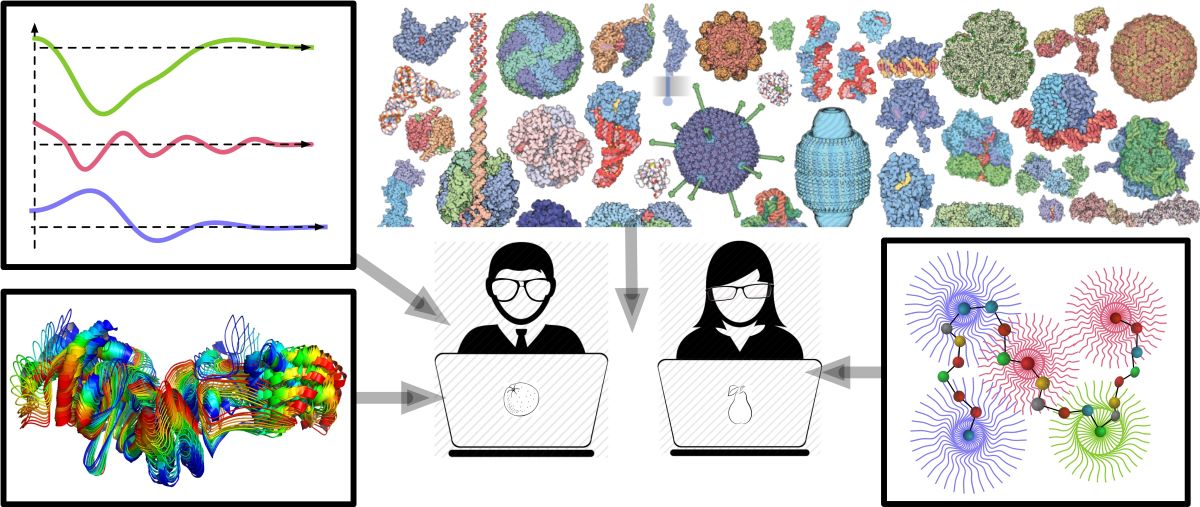Speaker
Description
In CASP15, 87 predictors submitted around 11,000 models on 41 assembly targets. The community demonstrated exceptional performance in overall fold and interface contact prediction, achieving an impressive success rate of 90% (compared to 31% in CASP14). This remarkable accomplishment is largely due to the incorporation of DeepMind’s AF2-Multimer approach into custom-built prediction pipelines. To evaluate the added value of participating methods, we compared the community models to the baseline AF2-Multimer predictor. In over 1/3 of cases, the community models were superior to the baseline predictor. The main reasons for this improved performance were the use of custom-built multiple sequence alignments, optimized AF2-Multimer sampling, and the manual assembly of AF2-Multimer-built subcomplexes. The best three groups, in order, are Zheng, Venclovas, and Wallner. Zheng and Venclovas reached a 73.2% success rate over all (41) cases, while Wallner attained a 69.4% success rate over 36 cases. Nonetheless, challenges remain in predicting structures with weak evolutionary signals, such as nanobody-antigen, antibody-antigen, and viral complexes. Expectedly, modeling large complexes remains challenging due to their high memory compute demands.
In addition to the assembly category, we assessed the accuracy of modeling interdomain interfaces in the tertiary structure prediction targets. Models on seven targets featuring 17 unique interfaces were analyzed. Best predictors achieved a 76.5% success rate, with the UM-TBM group being the leader. In the interdomain category, we observed that the predictors faced challenges, as in the case of the assembly category, when the evolutionary signal for a given domain pair was weak, or the structure was large. Overall, CASP15 witnessed unprecedented improvement in interface modeling, reflecting the AI revolution in CASP14.
| Submitting to: | 8th CAPRI assessment meeting |
|---|

